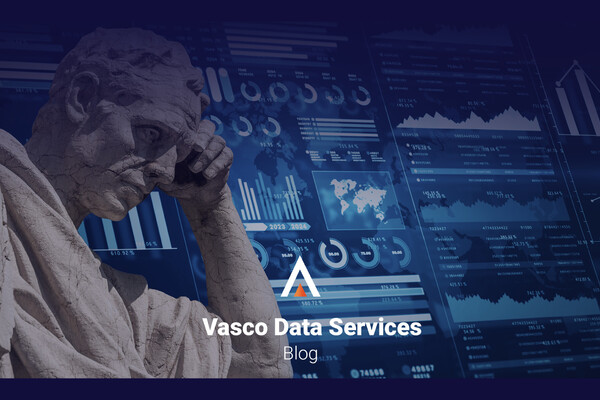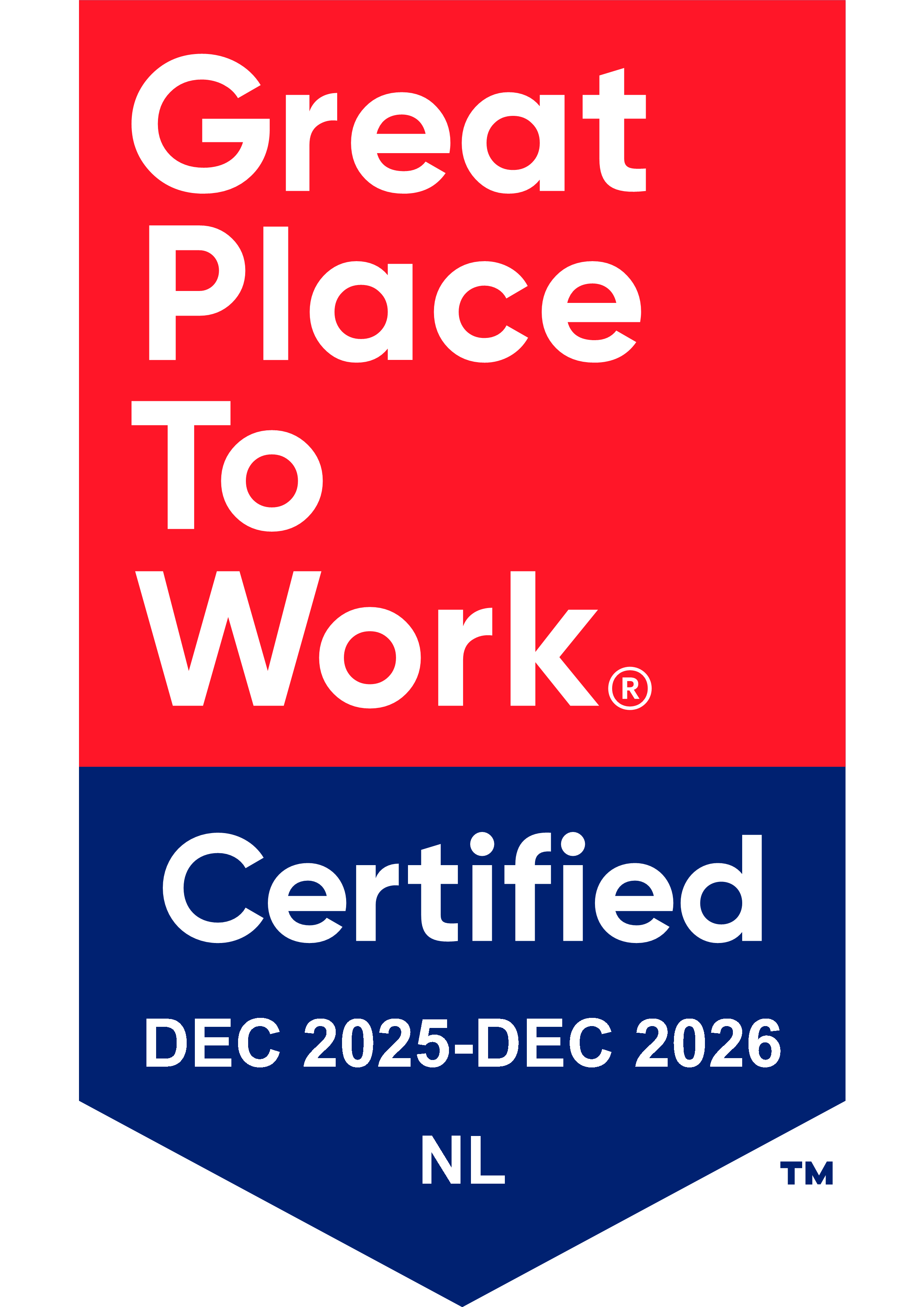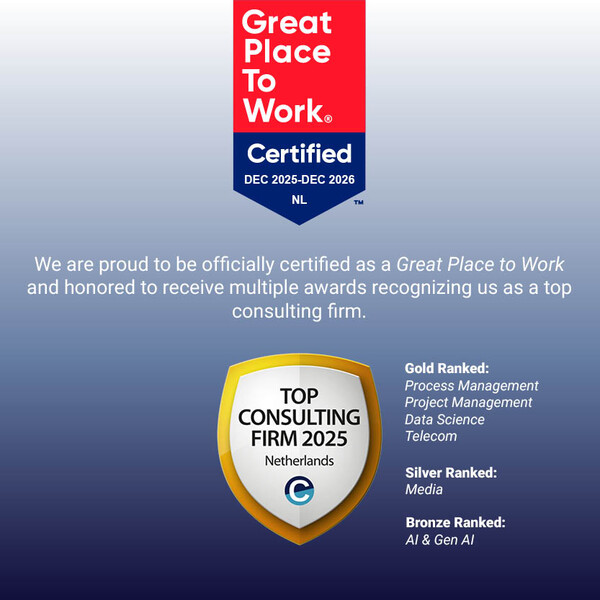First think, then dashboard
“Can you take a moment to create a dashboard?”
“I want a report on customer satisfaction.”
“We need to do something with data.”
Recognizable? These questions sound specific, but they are often a symptom of a larger problem: organizations that want to do something with data, but don't know exactly what or why. The result? Dashboards that are not used, reports full of empty figures and systems that contradict each other.
Many data requests arise ad hoc, without it being clear what they want to achieve. Data is seen as an end, rather than as a means to make better decisions. Something is built (a dashboard, report or tool), but without a clear purpose, impact remains absent.
Some of the biggest pitfalls we see
- Data efforts without direction
Whether it's dashboards, reports or tools: if you don't know what you want to achieve with it, it remains superficial. What do you want to influence? What decision should this data support? What will you do if the numbers are disappointing? Without answers, you build the form, not the function.
- Overestimating data literacy
Not everyone who asks for data knows exactly what they need or what good data actually is. This leads to wrong assumptions, poor definitions and insights that mislead rather than help.
- Measure what is available, not what is important
Too often we start with the data that is already there, rather than the information we need. Then we focus on what is measurable, while the real success factors remain out of the picture.
How can you take it wisely?
A data-driven organization starts with the question, “What do we want to improve and how does data help us do that?” Technology, dashboards and reports are then only step 3 or 4.
That means you must:
- Know what behavior or outcome you want to influence.
- Understand what to do if the data is disappointing.
- Understand what makes a good KPI (and what doesn't).
- Accept that some insights are not directly measurable but are in fact necessary.
Specifically, what does that look like? The following things help:
- Start with a business question, not a data product. Don't immediately ask for a report but first identify what you want to achieve. For example, "We want to reduce customer turnover." Only then look at what data and what tool you need to do that.
- Test your organization's data literacy. Do people understand the difference between output, outcome and impact? Do they know what a good KPI is?
- Work with use cases. What do teams need to know when to move forward? And what happens when that data isn't there?
Ready for a truly data-driven approach?
Stop loose initiatives without direction and first sharpen your data strategy. For this purpose, Vasco offers the Vasco Data Scan . A concrete analysis of your data maturity and practical next steps.
More info? Email us at info@vasco-consult.com We would love to show you how to get a grip on your data.







